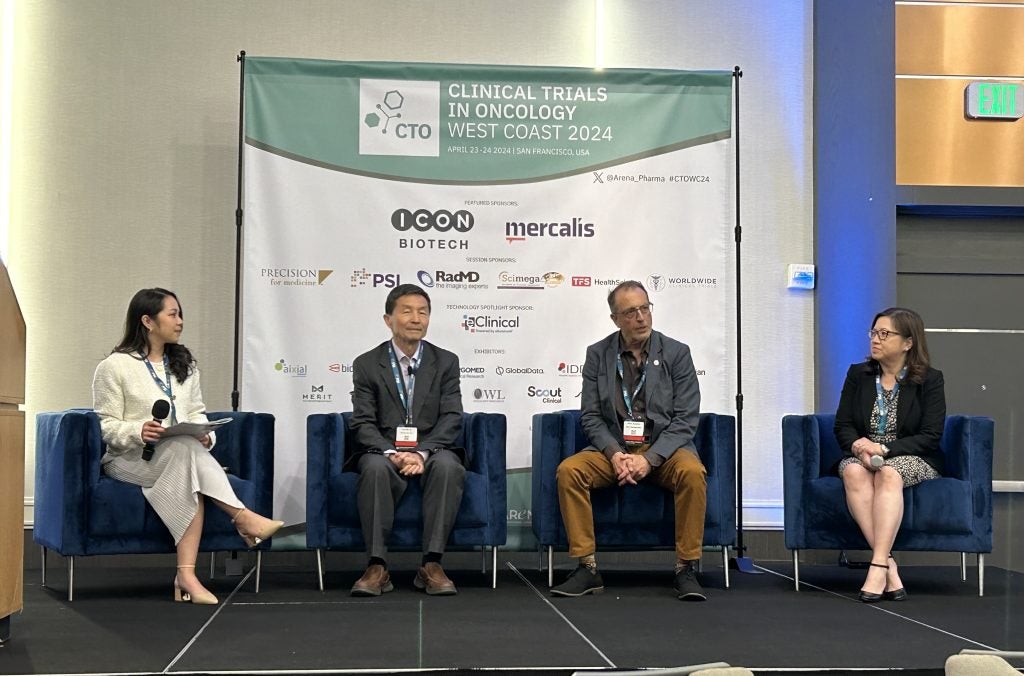The growing pressure for pharmaceutical companies to cut back on costs and speed up the drug development process has led many experts to think more innovatively about the way drug development should be approached. Combined with need for greater patient engagement, this has seen the rise of e-studies or remote clinical trials.
In order to carry out an e-study, three key components are required to ensure its success: A very limited number of sites, real time data analysis, and engagement from patients enrolled in the study.
Due to the limited number of sites (usually one), it’s highly likely one main investigator will carry out the majority of the tasks that are usually attributed to normal site-based clinical trials. An investigator’s role will be to monitor the health of the patients, partake in data collection while analysing that data in real time ensuring the safety of the patients at all times. However, investigators are not the only source of data, as data can also be collected electronically from patients and care givers. The role of patients is an integral part of any e-study, whether it is providing real time data updates, advising on study designs or initially enrolling into the study, something that is widely accepted as being very difficult, even more so in oncology clinical trials.
To truly establish whether e-studies are an effective approach for the future of oncology clinical trials, one must consider the pros and cons of incorporating this approach.
Patient recruitment and retention
Patient recruitment has long been an arduous and difficult task for any site-based clinical trial. It is very common to find sites that are unable to meet the required number of patients to begin their clinical trials, which of course can leads to further costs and missed timelines. In an indication like oncology, the patient pool is limited drastically reducing the likelihood of recruiting patients. With the emergence of e-studies, patients can enrol themselves via the internet. With the burden of visiting sites – as the study design dictates – reduced, patients can enrol from outside mainland cities, thereby increasing the patient pool. When it comes to patient retention, participants are more likely to stay on board in a clinical trial that’s remote due to the reduced disruption to their everyday lives. And if they are fully engaged in the study they can work with the clinicians to create a study design that meets the requirements of the clinical trial, but also maintain a certain standard of quality of life for the patient.
See Also:
Patient safety
Oncology based treatments can often be very precise but also, quite importantly, any reaction to administered drugs may vary with the risk of an adverse event a distinct possibility. Similar to site-based clinical trials, in an e-study the safety endpoints must be established and risk management protocols must be put in place to ensure the safety of patients. Nevertheless, there are safety doubts within remote studies, for example, how quickly can patients provide a real time update of the adverse event occurring? How will a patient know what can be considered as an adverse event? Which leads to the question, how quickly can caregivers involved administer help once an adverse event has occurred? If e-studies are the future of clinical trials, it is essential the issues surrounding patient safety are clarified and dealt with.
How well do you really know your competitors?
Access the most comprehensive Company Profiles on the market, powered by GlobalData. Save hours of research. Gain competitive edge.

Thank you!
Your download email will arrive shortly
Not ready to buy yet? Download a free sample
We are confident about the unique quality of our Company Profiles. However, we want you to make the most beneficial decision for your business, so we offer a free sample that you can download by submitting the below form
By GlobalDataRegulatory
The regulatory landscape within e-studies is one that’s largely unknown as there is currently no specific guidance for industry on how to conduct them. As this is the case, it remains difficult for pharma companies to determine what exactly regulators are looking for within the submissions. This can be particularly challenging with regards to data submission as regulatory bodies could quite possibly challenge its efficacy. Additionally, another issue yet to be resolved is if the e-study takes place on a global scale then the pharma company will most likely have to comply with regulatory boards from more than one region.
Conclusion
As an industry the pharma world must continue to strive for greater efficiencies within clinical trials, while maintaining timelines, all within an increasingly reduced budget. For this reason, more and more pharma companies may turn to e-studies as a viable, effective option for their drug development, especially when considering its benefits of connecting more patients to clinical trials while enhancing the patient’s involvement within studies in general. However, one cannot simply overlook the challenges at this stage with patient safety and an uncertain regulatory landscape, all of which is capable of harming a patient’s life, but also severely delaying or even possibly closing down a trial.







